What is a Tropical Storm?
A tropical storm is an intense storm, characterized by extremely low pressure and swirling wind rotation, that usually develops in the tropics. These storms can bring damaging wind and very heavy rain to the areas they pass over. Though tropical storms are less powerful than hurricanes, they can still be quite destructive, causing property damage, injury, and death.
Development
Tropical storms require a combination of factors to develop:
- ocean water warmer than 80°F (26.5°C),
- an atmospheric disturbance, usually an area of low pressure and cool air, and
- low vertical wind shear, meaning that wind speeds must be consistent at different altitudes.
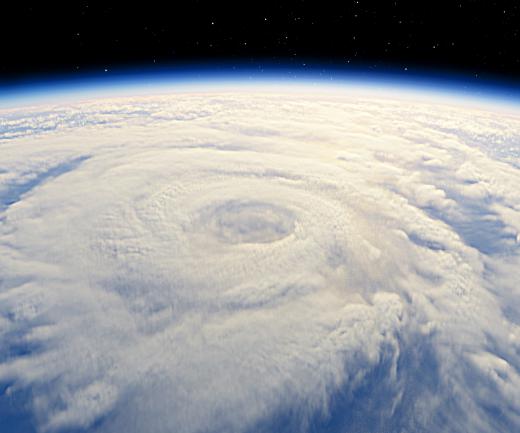
Even when these factors are combined, tropical storms can only develop a certain distance from the equator. This is because the Coriolis effect, caused by the earth's rotation, is too weak near the equator to give a developing storm the necessary spin.
Such storms begin as an atmospheric disturbance of low pressure. Wind moves into the low-pressure area from surrounding areas of high pressure. As warm ocean water heats the air, it rises at the center of the developing storm where it condenses, causing thunderstorms. The system essentially feeds on itself, using warm ocean water as its fuel. Tropical storms usually show a recognizable pattern of rotation when viewed as a satellite image, but do not typically have the well-defined spiral pattern and eye associated with hurricanes.
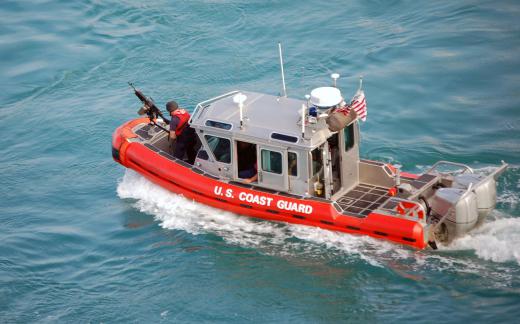
Tropical cyclones are an important part of nature, as they carry heat from lower latitudes near the equator to the more northerly latitudes. These storms can develop in many different parts of the world, including the Atlantic Ocean, the Pacific Ocean, the Indian Ocean, near Australia and the South Pacific, and in the Bay of Bengal and the Arabian Sea.
Tropical Cyclones vs. Tropical Storms
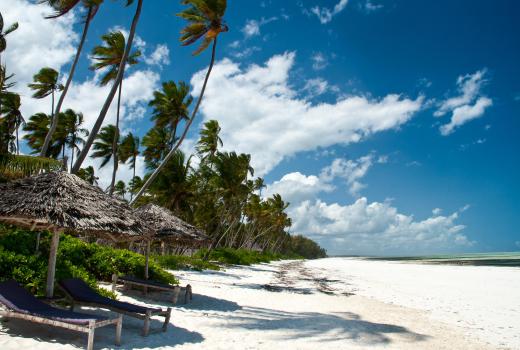
Because of the swirling or cyclonic action, the term tropical cyclone is sometimes used to describe tropical storms; however, this name more accurately refers to an entire class of weather systems. Tropical cyclones are classified by sustained wind speed. To be a tropical storm, wind speeds must be between 39 and 73 mph (63 to 118 kph). When wind speeds are lower, the weather disturbance is labeled a tropical depression. Storms with speeds over 73 mph (118 kph) are called hurricanes, typhoons, or even simply cyclones, depending on where they develop.
Dangers
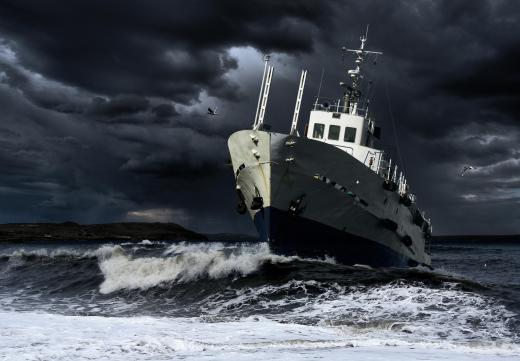
Tropical storms can cause damage in several ways. Perhaps the biggest danger is the heavy rainfall that accompanies tropical storms, which can cause severe flooding and mudslides. Rainfall totals of 3 feet (1 meter) over the course of several days is not uncommon with such storms, even at some distance from the coast where the storm made landfall.
High wind speeds can turn things like signs, outdoor furniture, and tree limbs into high-speed flying projectiles, creating a hazard for humans and animals, and potentially breaking windows and damaging or destroying buildings. The wind can also cause big waves, which can endanger boaters and coastal dwellers. The high storm tide or storm surge that comes with tropical storms can sweep over lowland areas, destroying property and killing and injuring people in its wake. Tropical storms can also spawn tornadoes, which can cause additional destruction.
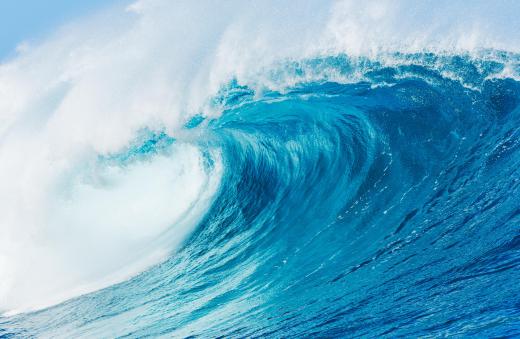
Even though it is less powerful than a hurricane, a tropical storm that hits land, especially in a heavily settled region, may cause significant damage. Three tropical storms that hit the Southeastern United States in 1979, 1994, and 2001 — named Claudette, Alberto, and Allison — killed a total of more than 40 people and caused nearly $6 billion in damage. In December 2011, Tropical Storm Washi swept across the Philippines, killing more than 700 people, leaving thousands homeless, and causing untold damage.
Factors that Weaken Storms
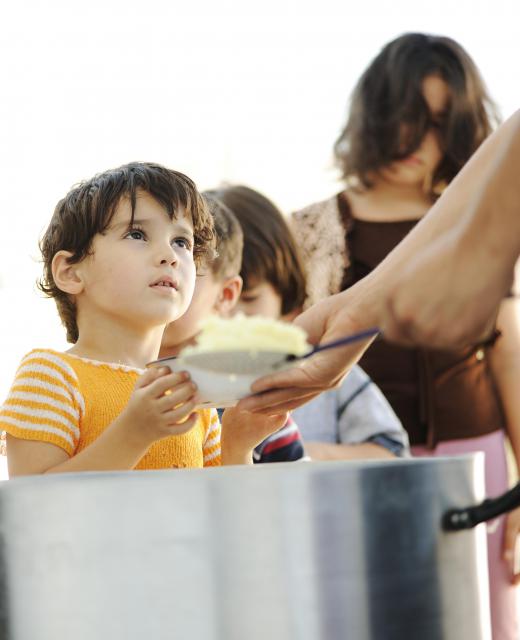
Wind speeds for tropical storms often diminish as they cross over land because the storms depend upon warm water for fuel. Despite this, they can continue to cause damage as they plow inland, usually due to heavy rainfall. Tropical storms also tend to slow down as they move over cooler ocean waters.
Naming Storms
Tropical cyclones have been given names since an Australian weatherman began naming them after people he didn't like in the early 1900s. Starting in 1953 in the U.S., all tropical storms were given women's names picked by the U.S. Weather Bureau and the World Meteorological Organization (WMO). Since 1979, men and women's names have been used in an alternating pattern by the National Hurricane Center in the U.S. In other parts of the world, like Asia, tropical storms may be named for flowers, animals, and other things, in addition to people.
There are lists of names to be used each year in different parts of the world, with names being recycled and used again every six years. The WMO may vote to remove a name from the lists permanently if a storm has caused extreme damage or loss of life. In the U.S., no names start with the letters Q, U, X, Y, or Z. If storms outnumber names on the list for a given year, storms occurring after the year's list has been exhausted will be named for letters of the Greek alphabet, such as Alpha or Beta.
Storm Precautions
A tropical storm watch is an advisory made when conditions in a specific area are right for the development of such storms within 36 hours. People in the area should pay close attention to weather forecasts and to any developing storm's strength, location, and predicted path. If a tropical storm warning is issued, storm conditions are imminent within the next 24 hours. When a warning has been issued, people should take safety precautions immediately. These can include moving away from the coast and relocating to a storm shelter if possible.
AS FEATURED ON:
AS FEATURED ON:










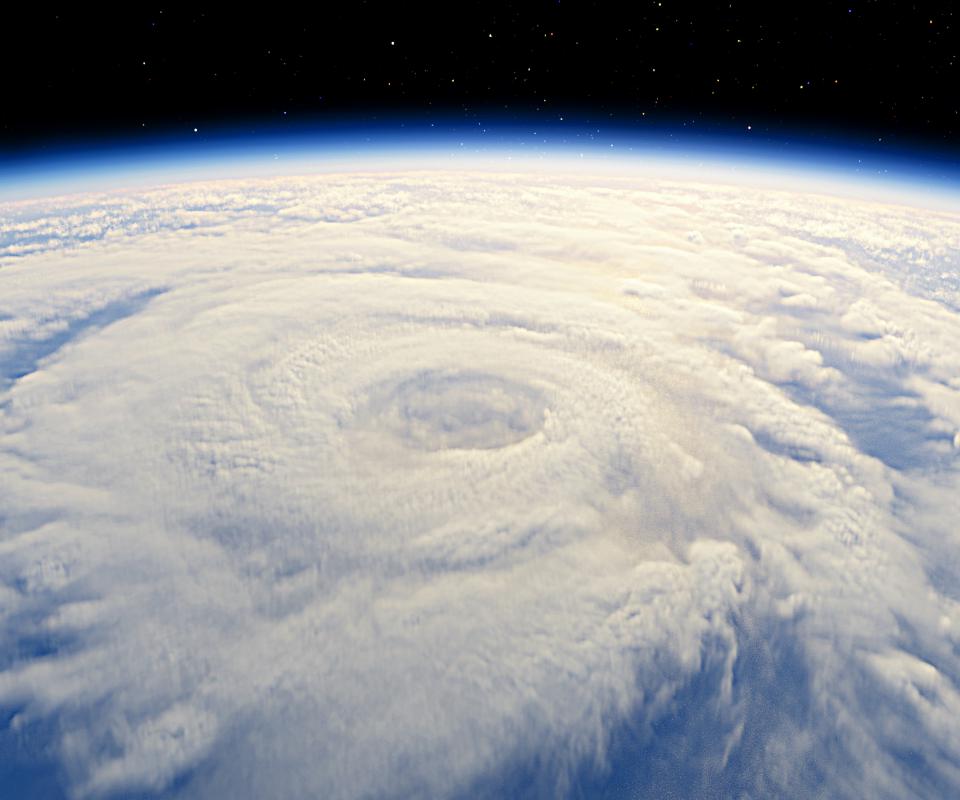





Discussion Comments
How often do tropical storms happen?
@anon120718 - The World Meteorological Organisation gives the names to storms (as it says in the article). I believe they take names from the local area around where the storm is located and have a complex system so that they don't use the same names too often.
If a storm is bad enough that it will live on the public mind, the name is retired. So, for example, the name Sandy won't be used again for a storm and any current tropical storms would be named according to the list developed by the WMO.
@anon242344 - It does, under the subtitle "Development". It's not an in depth coverage, because this is a general overview of the topic. I'm sure if you look you could find articles that address how a tropical storm develops in more detail.
Article doesn't tell you how tropical storms form.
Where do the names of an hurricane come from? or who gives those names to hurricanes that develop?
Southwest Indian Ocean: Name: Quentin(2009-2010); Qoli(2007-2008); Quincy(2005-2006; 2006-2007)
No a cyclone can't be category 7.
I don't think it could go to CO. The remains of the cyclone could. but that would be showers and t-storms and maybe some wind.
can a cyclone be category 7?
Do tropical storms travel all the way Denver, CO?
Post your comments